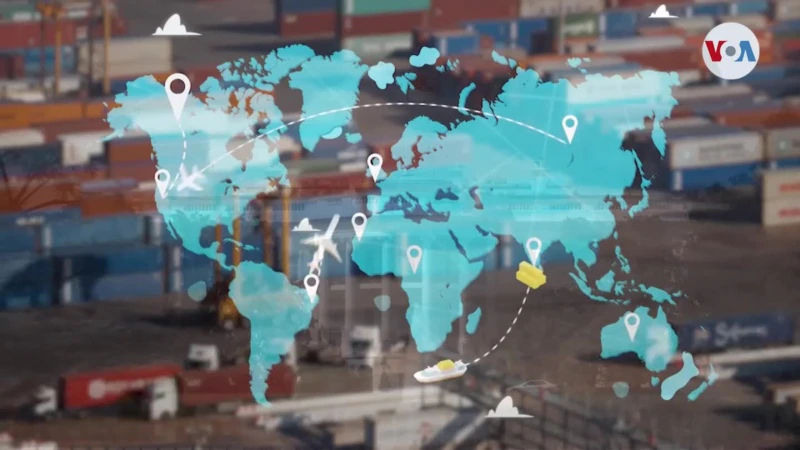The technology firm ABB interviewed 1,610 executives in the United States and Europe. Thirty-seven percent said they plan to return manufacturing plants to the United States, a trend known as reshoring. But 33% of those consulted prefer to locate them in a nearby country, which is called “nearshoring”.
From Washington, the Inter-American Development Bank (IDB) has already disbursed 4,000 million dollars. The action seeks to encourage part of the manufacturing that leaves China and that cannot return to the US due to costs to land in countries of the region.
“Therefore, if you are an American, European or anywhere company that is in China and wants to move its factory to Mexico, to any country in Latin America and the Caribbean -or to the Dominican Republic, Costa Rica, Panama, Brazil- , we finance the move and it is having a lot of success”, he assured in an interview with the voice of america the president of the IDB, Mauricio Claver-Carone.
According to the consulting firm Kearney, although the United States’ dependence on Asian manufacturing remained strong in 2021, what is already happening is that some components that companies had been importing from the Asian giant are now being listed in Mexico. .
“What do we see? Complete saturation of industrial spaces and storage spaces in border cities. For example, it is not easy today to get an industrial warehouse in Tijuana (…) we see local manufacturers with demand to quote parts for foreign companies,” he told the voice of americaOmar Troncoso, researcher at Kearney.
Troncoso, who participated in the preparation of the Reshoring Index 2021 report, also said that manufacturers “were used to receiving two or three requests per month, today they receive 50.”
“regionalized globalization”
The president of the Inter-American Development Bank, IDB, assures that “the era of globalization is over, it had many positive effects. Now there is a regionalized globalization”.
The Kearney Firm Index indicates that 79% of the presidents of manufacturing companies with operations in China have already moved part of those operations to the United States or plan to do so in the next 3 years.
“The data suggests that Mexico, Canada and Central America are in an equal chance for future investments,” reveals the report.
The competition to attract factories from China is with low-cost manufacturing countries such as Vietnam, Indonesia, India, Malaysia, among other Asian nations. Imports of manufactured goods from Asia to the US accounted for 14.49% of total US domestic manufacturing in 2021, up from 12.95% in 2020, according to the Kearney report.
Although the Asian countries gained participation in 2021, what is seen in the case of Mexico “is that the demand is happening today, but what needs to be seen is that the participation of those exports from Mexico to the United States grows significantly with respect to other countries,” said Troncoso, of the Kearney firm.
The expert also admitted: “Everyone is earning a little bit, obviously the ones that are going down are the [exportaciones] from China, but I think we are really going to see if this is the boom that we are predicting, it will be the best in one or two years”.
See also: China stops loans to governments in the region. Caution in the face of uncertainty due to the recovery of debt to Venezuela?
“Unique opportunity for Latin America and the Caribbean”
In the region, Mexico is the most attractive country to relocate part of China’s manufacturing because it already has a strong industry that is integrated with the United States.
However, the rest of the region can also benefit from the rearrangement of supply chains due to a confluence of factors, according to Claver-Carone, president of the IDB.
“This confluence, these stars aligned on the issue of the closure of manufacturing in China, the issue of the Russian war in Ukraine and its effect on energy and food, and now the strength of the dollar, is a unique opportunity. for Latin America and the Caribbean and if we don’t take advantage of it, if we don’t finance it, as we are doing here at the IDB, it would be a lost opportunity for America and the Caribbean”.
The Reshoring Index 2021 indicates that apart from geopolitical tensions, industries have taken into account the following aspects to relocate their production plants: labor costs, availability of workers, delivery times, logistics costs and carbon footprint reduction.
Connect with the Voice of America! Subscribe to our channel Youtube and turn on notifications, or follow us on social media: Facebook, Twitter and Instagram.







![[Img #74683]](https://thelatestnews.world/wp-content/uploads/2024/12/The-main-mistakes-to-avoid-when-betting-on-electronic-sports-150x150.jpg)








Add Comment